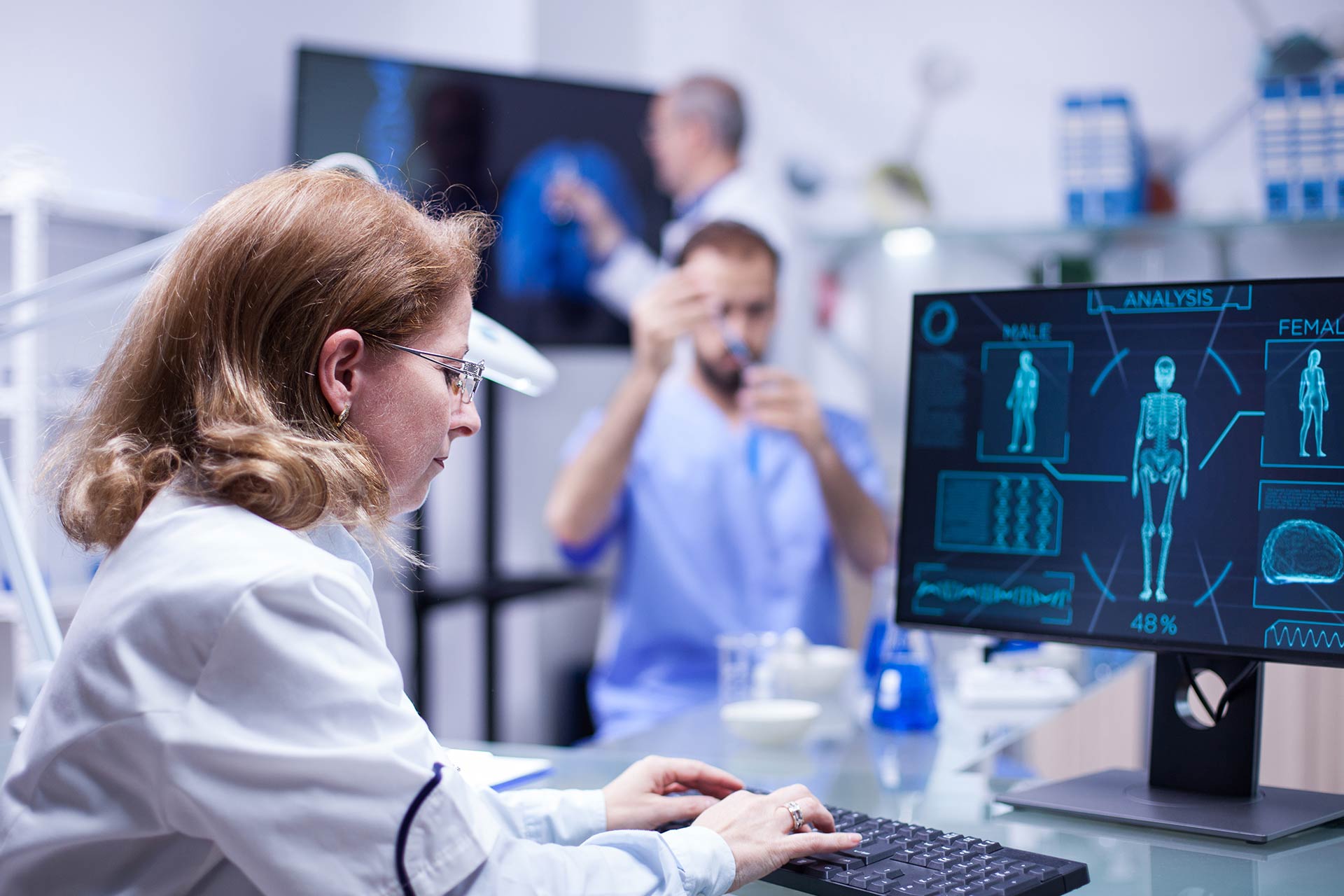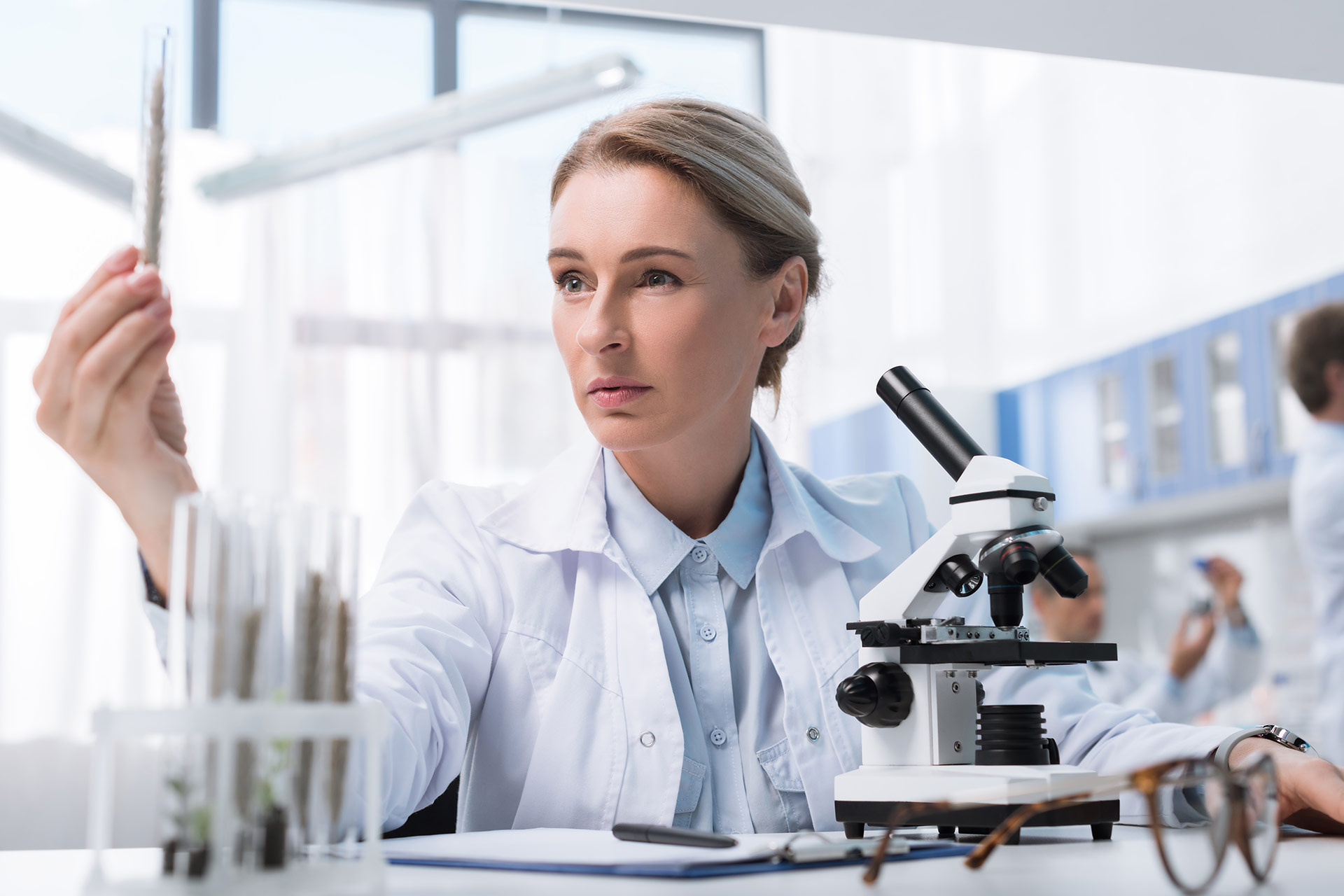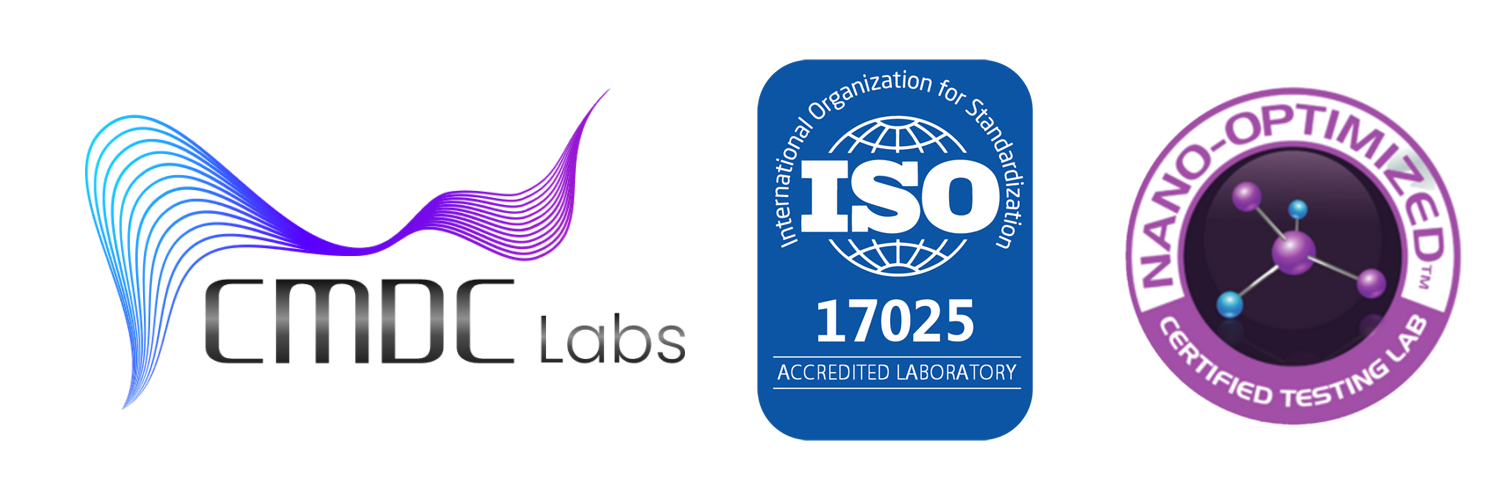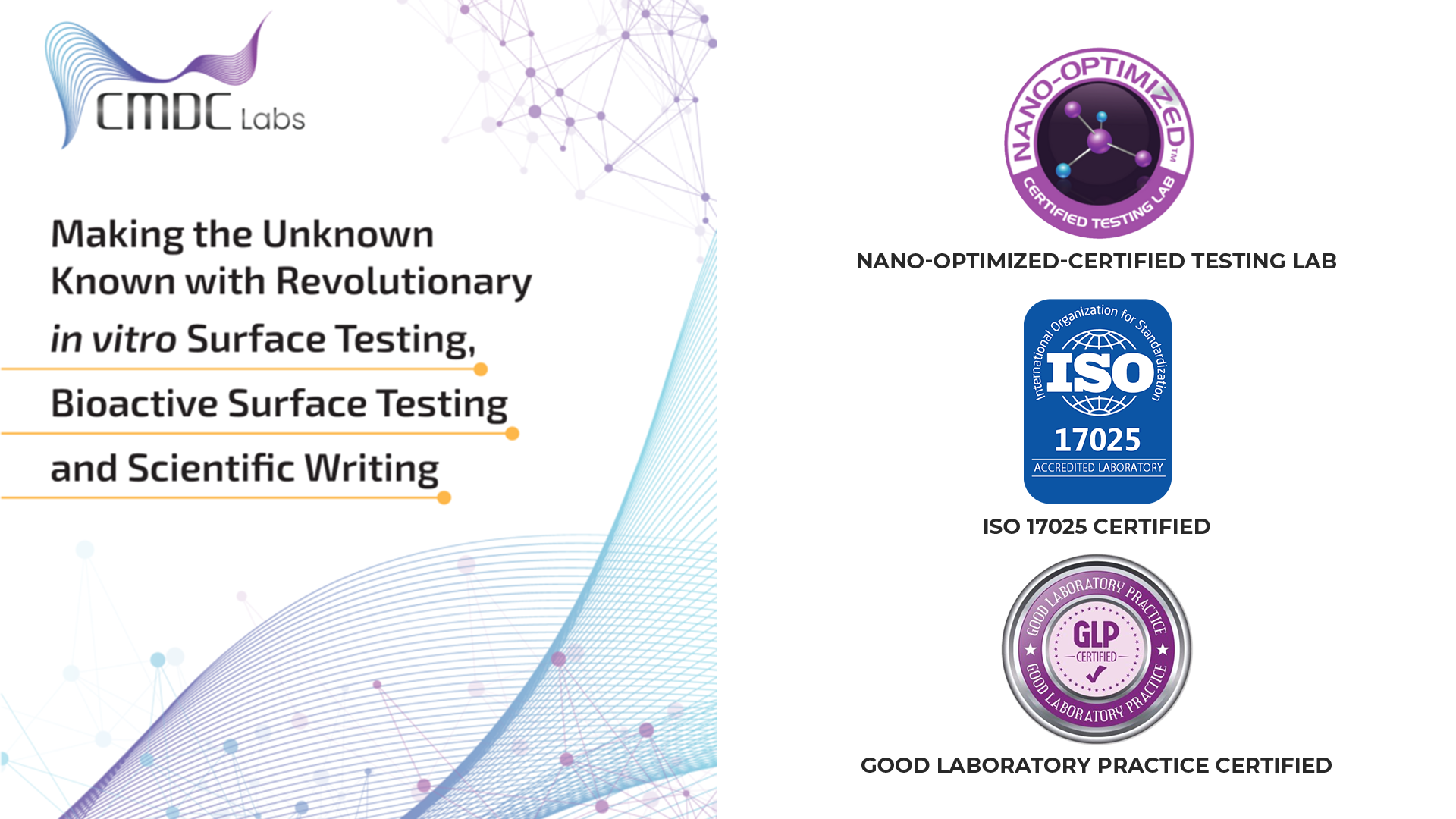Resources
Knowledge Base

CMDC BIOCOMPATIBILITY TESTING
Even the finest designed products might result in unanticipated consequences if the materials employed provoke a biological reaction in the patient, making biocompatibility testing a crucial step in the regulatory clearance process for medical devices.

CYTOTOXICITY
(TISSUE CULTURE)
In vitro cell culture assays using isolated cells can be used to evaluate the biocompatibility of a material or leachable. These procedures assess material toxicity and irritancy. They can also be used screen materials before in vivo experiments.

BIOBURDEN AND STERILITY TESTING OF MEDICAL DEVICES
If you have a hands-on role in the manufacturing of medical devices, you’re likely familiar with bioburden testing. This crucial test, conducted after the completion of all pre-sterilization procedures, ....

CELLULAR PROLIFERATION ASSAYS
Commonly used methods for assessing cellular viability, proliferation, and cytotoxicity are used to evaluate how well cells in culture are responding to diverse stimuli.

ACUTE SYSTEMATIC TOXICITY
The Acute Systemic Toxicity test identifies leachables that cause systemic (as opposed to local) harmful effects by analyzing extracts produced following exposure to the device or device material.

THE KEY CONCEPTS IN BIOCOMPATIBILITY TESTING
By definition, biocompatibility is a measurement of how well-suited a device is to a biological system. Biocompatibility testing is ..........

18S RNA SEQUENCING
To identify, categorize, and quantify microorganisms in complex biological mixes, such as samples taken from the environment and the gut, 18S rRNA gene sequencing is frequently used.

What is the Difference Between 16s VS 18s rRNA
The main distinction between 16s and 18s rRNA is that 16s rRNA is a part of prokaryotic ribosomes’ 30S subunit whereas 18s rRNA is a part of eukaryotic ribosomes’ 40S subunit.

WHY DO WE PERFORM 16S RNA SEQUENCING?
The 30S small subunit of a bacterial ribosome contains the approximately 1500 base pair 16S ribosomal RNA (also known as 16S rRNA).

INTRODUCTION TO BIOCOMPATIBILITY
The term “biocompatibility” describes how a medical device interacts with a patient’s tissues and physiological systems while being used to treat them. One aspect of a device’s overall safety review is an assessment of biocompatibility.

HEMOCOMPATIBILITY
Intravenous catheters, hemodialysis sets, blood transfusion sets, vascular prostheses or any medical device that comes in contact with the blood stream must be tested for blood compatibility.

IMPLANTATION TESTS
The biocompatibility of medical devices or biomaterials that directly contact living tissue (e.g. sutures, surgical ligating clips, implantable devices, etc.) other than skin is evaluated via implant studies.

IRRITATION TESTS
Irritation studies gauge a device material’s propensity for local irritation utilizing locations like the skin or mucous membranes, typically in an animal model. Although the exposure route (skin, eye, or mucosa)

HUMAN CELL TESTING SERVICES
CMDC Labs cell culture lab provides in vitro bioanalytical services for research and drug development. Crucial steps including functional screening and validation testing of surfaces and substances on the activity of cell culture in a controlled environment.

ZONE OF INHIBITION TESTING
The effectiveness of an antibacterial treatment on a surface or product can be quickly assessed using a Zone of Inhibition (ZOI) test.

Certificate of Accreditation
At CMDC Labs, our commitment to excellence is demonstrated through our Certificate of Accreditation. This certification reflects our adherence to the highest industry standards and.....


